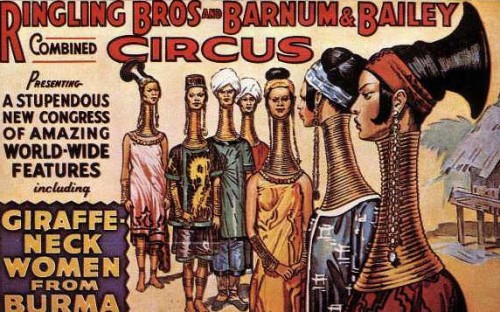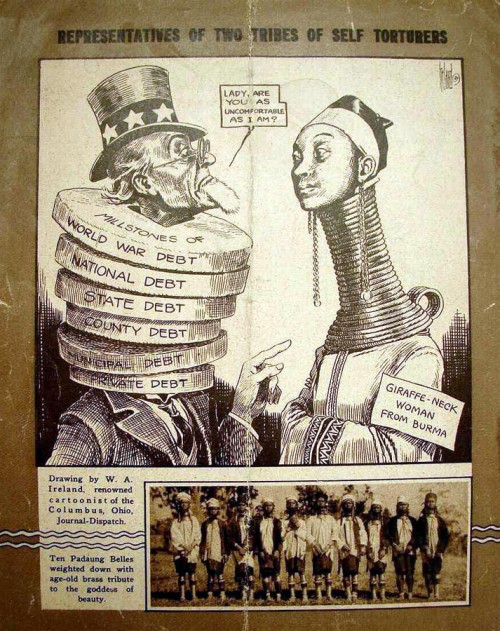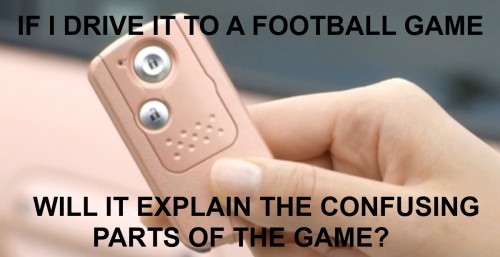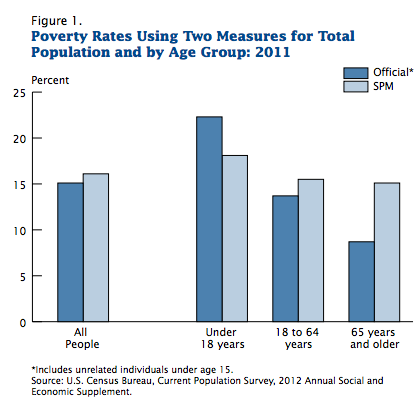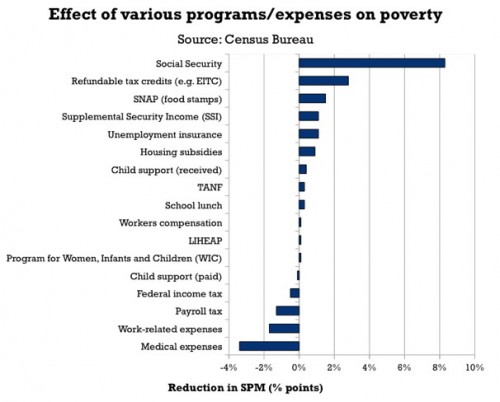In a now-unfamiliar advertising strategy, this 1936 Thanksgiving-themed ad for whiskey suggests you make the scientifically “wholesome” choice: Seagram’s Crown.
Partial transcript:
Months of research by a group of trained, impartial men brought the answer: Seagram’s Crown Whiskies, used in moderation, are kind, considerate whiskies, and most likely to agree with the average man… they are thousands of men’s choice AS A MOST WHOLESOME FORM OF WHISKEY, besides! Choose them at the bar for your present pleasure without future penalty.
I’d like to practice… er, review the research methods.
Found at Vintage Ads. Just for fun, see also: Whiskey-flavored toothpaste.
—————————
Lisa Wade is a professor of sociology at Occidental College. You can follow her on Twitter and Facebook.





